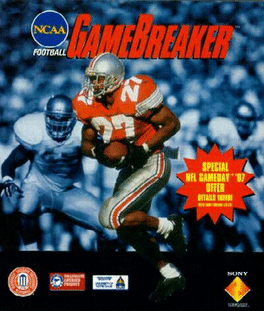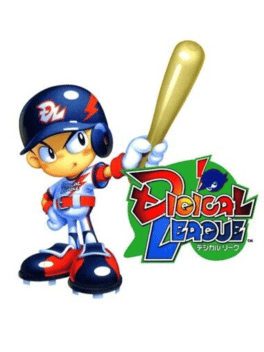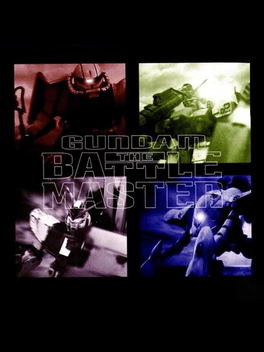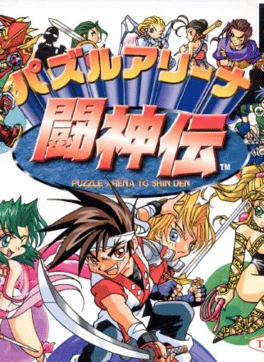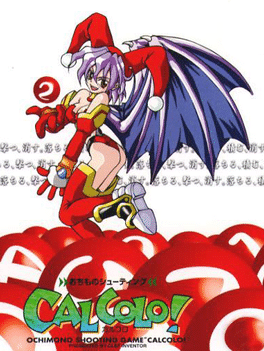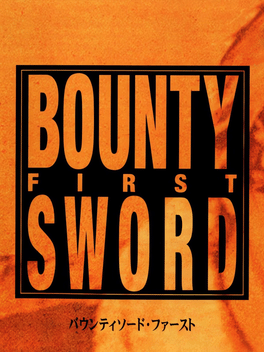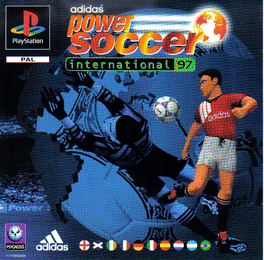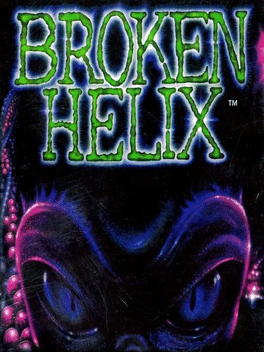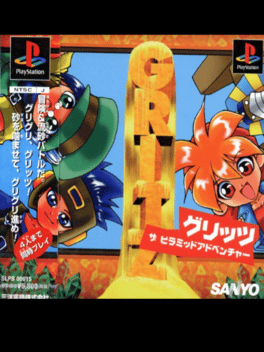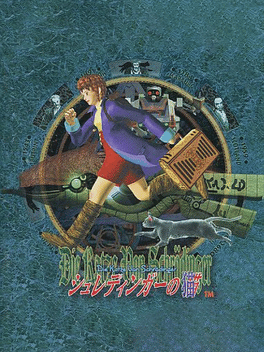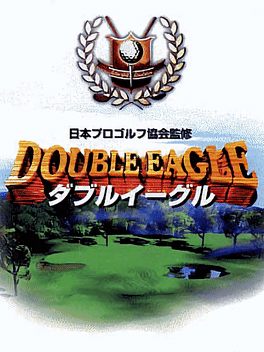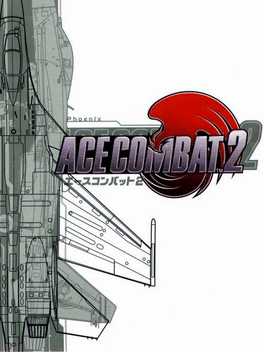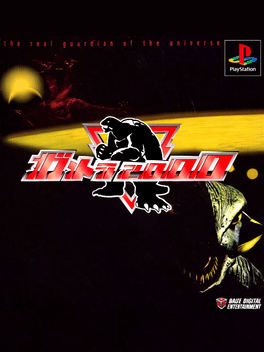New Playstation Games - Page 78
-
Pro Wrestling Sengokuden: Hyper Tag Match
1997
The sequel to the 3D wrestling game that gained popularity with its realistic simulation system, Pro Wrestling Sengokuden. Reversal technique and skill numbers make it possible to exceed the previous games, to enjoy more thrilling execution and deployment. Challenge other organizations, participate in events such as mixed martial arts. Direct your own dramatic professional wrestling organization. -
Pro Wrestling Sengokuden
1997
Finally, the unorthodox wrestling simulation game has arrived! Establish yourself as the strongest in the organization, and elevate yourself to become the new myth of pro wrestling! -
NCAA Gamebreaker
1997
-
Digical League
1997
-
3D Kaleidoscope: Baby Universe
1997
Baby Universe is an experiment in visuals. It consists of different worlds with digital kaleidoscopes. One of them, a 3D Kaleidoscope, is floating in space. You create visual effects by pressing buttons on the controller, to turn the different axes, bend and reflect light, and change the angle, with different background patterns. All your actions can be recorded and saved. In the jewel case, you select the objects to appear on the screen, and in the console, you can edit each individual item. This includes colour mapping of the surface, movement patterns and frame rate. Settings can be saved on a memory card. In the soundscape, you can insert your own CDs, and sound wave patterns will appear to accompany the music. There is also a traditional (electric) and a psychedelic kaleidoscope available. -
Gundam: The Battle Master
1997
Gundam: The Battle Master is the first game in the series, released for the PlayStation in 1997. Even this first game features the large multi-jointed sprites and 2-screen-high stages that the rest of the series would follow on. It includes the following mobile suits from the Universal Century era: Playable FA-010S Full Armor Enhanced ZZ Gundam MS-06F Zaku II MSM-03C Hygogg MSN-02 Zeong MSN-04 Sazabi NZ-000 Quin Mantha PMX-003 The O RX-78-2 Gundam RX-78GP02A Gundam Physallis RX-93 Nu Gundam Bosses (Non-Playable) MA-08 Big Zam AMX-002 (AMA-X2) Neue Ziel Psyco Gundam Mark III Hydra Gundam -
Sold Out
1997
Sold Out
1997
A Japan-exclusive band simulation video game released by Shinko Music for the PlayStation in 1997. It features music composed by Jeff Pfeifer and Rob Pfeifer. -
Puzzle Arena Toshinden
1997
Puzzle Arena Toshinden takes the furious fighters right out of the ring and into the world of puzzle games! The game plays out much like the Puyo Puyo series by Sega. Connect 3 balloons of the same color to make them disappear. Get combos to have black pieces fall on the opponent's side that are harder to get rid of. -
NCAA Basketball Final Four 97
1997
Mindscape's 1997 installment in the NCAA basketball series, developed by High Voltage. The game features run-n-gun multiplayer gameplay. Play with up to eight other human players for the ultimate basketball experience. Get the best seat in the house by viewing the action from more than 10 different camera angles. NCAA Final Four 97 stars 64 of the hottest collegiate teams, with more than 50 different motion-captured dunks. In addition to challenging your buddies to courtside action, a special Coach's Mode allows you to make your own playbook. You can also assign up to four offensive plays and four defensive sets, and even call the plays on the fly so you don't have to stop the action to set up your players. -
Calcolo!: Ochimo no Shooting
1997
A mixed top-down puzzle / vertical shooter on Playstation 1 only available on the japanese market -
Clone
1997
Clone
1997
Clone is a genuinely creepy FPS developed on the Sony Net Yaroze PlayStation, it's a very impressive game considering it was created in 10 weeks under the limitations of the Net Yaroze platform. -
Bounty Sword First
1997
-
Adidas Power Soccer International '97
1997
Another entry to the Power Soccer series. This time with more teams and tournaments. -
Broken Helix
1997
Broken Helix
1997
star 6Broken Helix is a third-person shooter game developed and published by Konami for the PlayStation in 1997. The game boasts "4-D" real time gameplay, allowing the player to activate and deactivate certain objects in later levels of the game. It also has four plot lines, allowing the player to finish the game in four different ways. -
Gritz: The Pyramid Adventure
1997
Gritz - The Pyramid Adventure story is about 4 adventurers from different parts of the world (Mexico, England, Isreal & Zaire) that travels on an adventure to Egypt to reveal the secrets and treasures of the pyramids. -
Schrödinger no Neko: Die Katze von Schrödinger
1997
A 16-year-old girl named Iris and her family are visiting her grandmother in the countryside for Christmas. On the way, she encounters a cat named Schrödinger and follows it into a church, where she begins the time-travelling adventure of her life. -
Nihon Pro Golf Double Eagle
1997
Japan Professional Golf Association golf simulation supervision. Battle Mode prize money aims to participate in six games king, Purakutisumodo five course you can practice real freedom to choose, or hot confrontation with Stroke and Match Play VS Mode-rich. All 90 holes are what are represented graphically by Furuporigon realistic. -
Triple Play 98
1997
Triple Play 98
1997
star 9.2Triple Play 98 features all 30 major league stadiums, but not all 30 team rosters. This game was released prior to the expansion draft of the Arizona Diamondbacks and Tampa Bay Devil Rays. Their team logos are included and the rosters can be filled from a list of free agents. Six modes of play include: exhibition, season, playoffs, home run derby, all-star, and practice. Trading players and the ability to create your own are two available options. Many stats are tracked through season play and plenty of camera angles are available during gameplay. Play by play is provided with color commentary by announcers Jim Hughson and Buck Martinez. Triple Play 98 requires one to five memory card blocks to save a game. -
Ace Combat 2
1997
Ace Combat 2
1997
star 8Ace Combat 2 serves as the follow-up to Namco's Air Combat, a combat flight simulator for the PlayStation. In this sequel, the player steps into the shoes of a mercenary pilot, determined to thwart a global terrorist conspiracy. With 30 challenging missions ahead, your triumphs will enable you to acquire weapon upgrades, parts, and various enhancements, mirroring the mechanics of the original game. Enhanced with crisper visuals and more immersive audio, Ace Combat 2 also boasts an expanded array of planes and customisable options. Additionally, it introduces dual shock support, along with the inclusion of analogue joystick support, enriching the overall gaming experience. -
Gamera 2000
1997
Gamera 2000
1997
Alien monsters and other gigantic nightmares threaten earth. Fortunately for us a special force has been assigned to deal with them which includes the mighty Gamera as an ally. The game puts you in the shoes of Jack, the star pilot behind the jet fighter designed to take out these nasties. Together with Dr. Mikanuki you take to the skies as swarms of monsters attack you mercilessly through several stages. Gameplay-wise Gamera 2000 plays like Panzer Dragoon, as you don't have direct control of your jet, but instead try to aim at the incoming monsters from all directions and shoot them down while the jet follows a pre-set path. Facing bosses requires you to target specific weak points while your fighter circles around and at all times you can call Gamera to aid you by instructing it to shoot its homing attacks, as well as a charged attack that clears all enemies on screen. Some stages switch the action to ground level, as you pilot a futuristic bike, but the gameplay remains the same. Features polygonal graphics a


